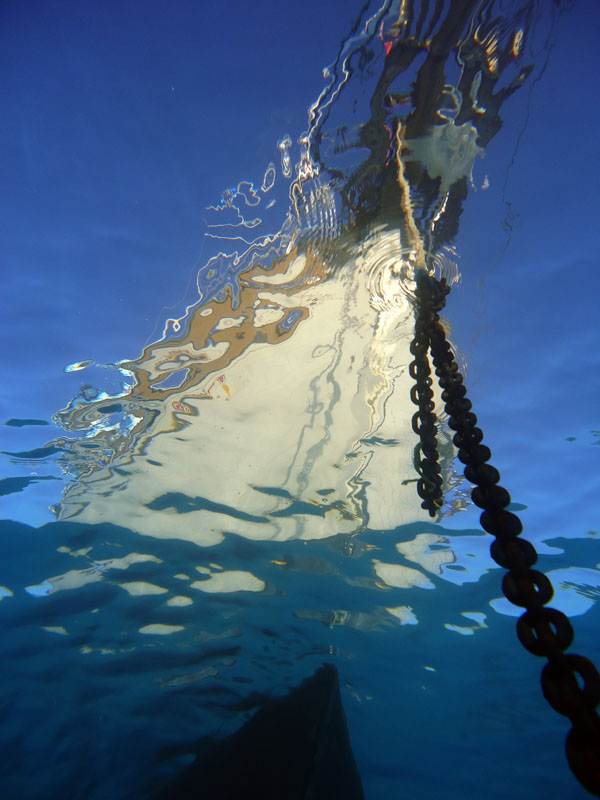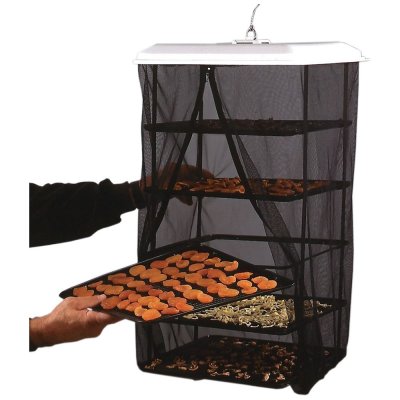The coral atolls are simply fantastic.
Nobody can argue with that.
Well, except maybe your anchor chain.
While you will learn to love every fish and every view, your anchor chain will learn to hate every coral head and every wind shift. And on the other side, the coral head will learn to hate your chain very much.
In the Tuamotus is practically impossible to find a clear area where your anchor rode will not touch any coral. Even if you find it, the first wind shift will quickly change the situation.
So, let’s see what you get with anchoring in coral:
1) you will have to listen to the chain grinding on coral all day and all night
2) you can say goodbye to the galvanization on the chain
3) you will ruin most of the live coral around your boat
4) when you want to leave, you may have to spend hours unwrapping the chain from the coral heads
But the main thing is that it is also very dangerous. The chain can get very quickly wrapped and then suddenly you end up having a 1 to 1 scope. This means that in a blow your chain, snubber and anchor roller will be under too much load and may even break.
So, what can you do?
I read somewhere about this technique which I want to share with you. I am still experimenting but it looks really promising. You can use fenders or floats, each one on a separate piece of string. When you let out the chain, you attach this floats to your chain every 15 or 20 ft.
This is how we do it:
With the pennant I decide how much I want to lift the chain from the seabed. In this example I had the pennant secured to the bowsprit
I spent many days in the water trying different ways of doing this. There is many variables – the size of your chain, the depth you are anchoring in, the height of the coral heads, the size of the floats, the lenght of the line between the chain and the floats ecc. So it is not always the same.
If I have to make some changes, it is much easier if I have a pennant that goes from the fender through the chain (see the photo). But I this works only on the last fender, the closest one to the boat.
The one rule I never break is that I never put a float on the first 50 ft of chain, which should always lie flat on the bottom (because of the angle on the anchor). It is not so hard to find a little space with no coral for this.
I also don’t like to tie the lines on the chain. In an emergency I want to be able to retrieve my anchor QUICKLY. I use small carabiners instead.
I know that most people sort out all this floats from the boat. But I always end up going in the water, checking with my mask, making changes and (get this) trying to dive down to the chain with the floats in my hand. It is very difficult and there is many better ways of doing it, but this game keeps me busy for hours on end. I just love pulling myself down on the chain, sitting on the bottom, exchanging a few bubbles with local fish and looking at my boat from down below.
I am half fish and I can’t help it.




 English
English Slovensko
Slovensko Italiano
Italiano
I really can picture you down there, experimenting ?
Corals grow very slowly and damaging something that may take several hundred years to recover, if at all, is generally unsustainable. We need to use non-standard anchoring techniques in these areas.
Short-term: The use of carefully placed fore and aft anchors that are pulled tight can minimise the impacts.
Long-term: Often one can find a reasonably straight line between the coral heads that enables the use of a Bahamian moor. Sometimes challenging to do, but I find it kind of fun. Good article here: http://www.sailingtoday.co.uk/practical/set-bahamian-moor/
Absolutely. Creative anchoring in coral is fun, good for the coral and good for your anchoring gear. An obvious win-win situation. ?